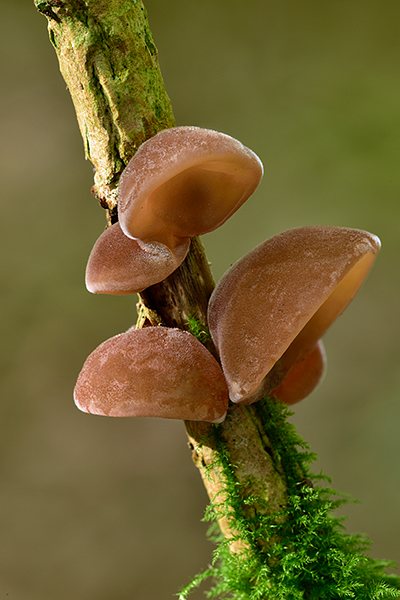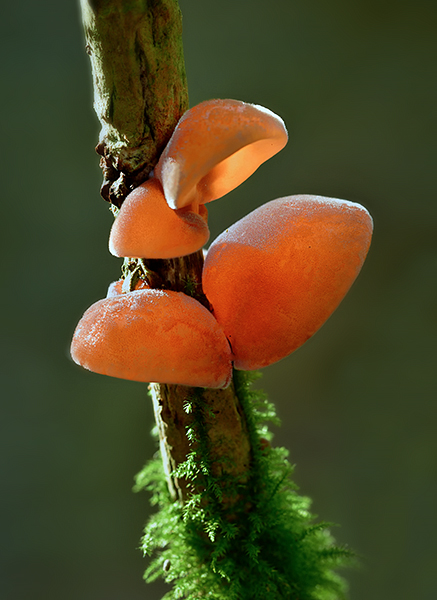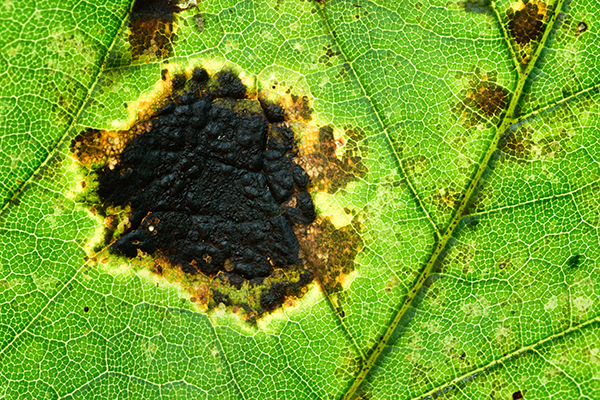Nikon D810
Having purchased a D810 some weeks ago its only now that I have had a real chance to test it in the field before I head off to Plitvice in Croatia for the Autumn colour. I was particularly interested in testing out the new front shutter curtain which is a new feature in the D810. What was initially apparent to me was how quiet the shutter is compared to the D800. Also the new group area AF is also a welcome bonus, which I hope to try out on my return from Plitvice. There are also a host of other changes to the camera which have been widely documented on the web and well worth reading. Below are a few images shot at a nearby wood close to my home. I will be testing it more critically in Plitvice where we are likely to encounter a wide range of lighting conditions. I will post some of the results on my return!

Candle Snuff Fungus Xylaria hypoxylon
Nikon D810, 200mm micro nikkor, ISO 64, f/16, fill-flash, tripod.
The camera performed well here, this area of the wood is extremely dense and has a distinct greenish cast to it. The LCD screen is more accurate and as a result, I have been able to calibrate it to my Mac so both the image on the LCD screen and the monitor are a lot more accurate.

Jelly Ear Fungus Auricularia auricula-judae
Nikon D810, 200mm micro nikkor, ISO 64, f/11, fill-flash, tripod.

Jelly Ear Fungus Auricularia auricula-judae
Nikon D810, 200mm micro nikkor, ISO 64, f/11,tripod.
A very average shot here, but what makes the difference is a little bit of evening sunlight, a slight change of camera angle to take advantage of it and the result is quite different in the second image.

Lords-and-Ladies Arum maculatum
Nikon D810, 200mm micro nikkor, ISO 64, f/11,tripod.
The vibrant colour of this distinctive plant brought a little colour to the monotonous green and brown of the woodland floor.

Sycamore Tar Spot Rhytisma acerinum
Nikon D810, 200mm micro nikkor, ISO 64, f/11, natural light, tripod.
The Sycamore Tar Spot is a fungus which attacks the leaves of Sycamore and Maple, which belong to the acer family. The fungus overwinters on the fallen leaves on the woodland floor and produce fresh spores in Spring. The spores attach themselves to the new leaves as they form. A raised, shiny black spot appears on infected leaves.

